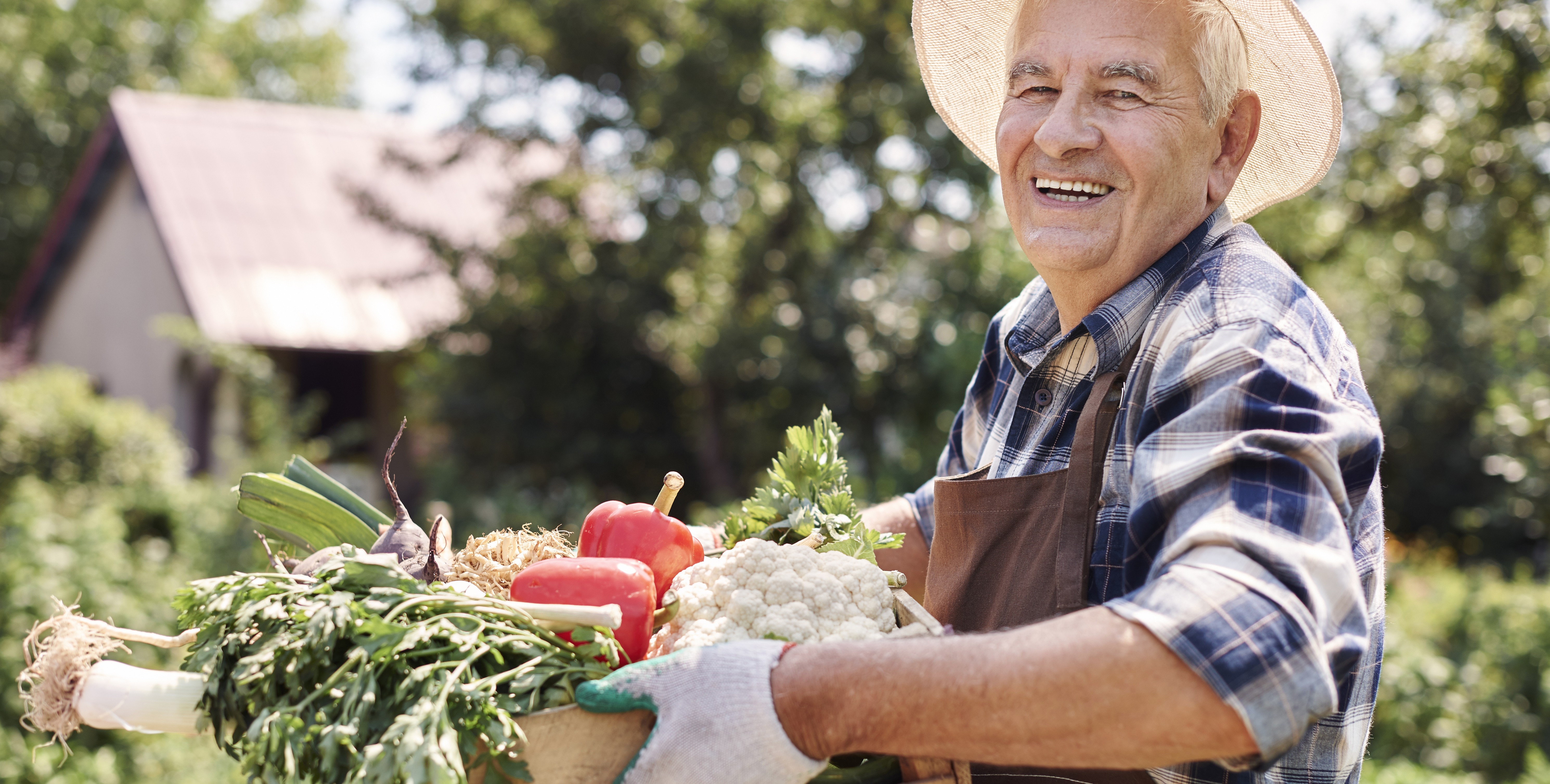…. in the garden
Gardening can be a fun hobby, and the rewards are easy to see. It also provides light exercise and sunshine (read our blog on the benefits of the sun), both of which have excellent benefits for not only your health but also your personal well-being. However, to fully enjoy and appreciate your garden, lifting heavy items must be done correctly to avoid any injury. Our latest blog provides you with some helpful tips to ensure you lift heavy items in your garden safely and ultimately enjoy your garden pain free!
Lifting Pots and Planters
It’s vitally important to take the upmost care when moving pots, planters or other heavy objects. About 300,000 people are hurt in their gardens each year seriously enough to go to hospital. Around 87,000 are injured actively gardening or carrying out DIY jobs in the garden. Never try to do too much in your garden on your own. If it’s too heavy for you to lift, ask a family member, friend or even a neighbour to help. If you are confident you can lift heavy objects on your own, follow these steps to minimise the risk of injury:
- Plan ahead – Make a clear path from the current destination of your object to its new home.
- Get a solid base – Place your feet shoulder width apart – this ensures your body weight is distributed evenly and puts you in the best possible position to lift heavy items.
- Bend your knees and keep your back straight – Bending to lift heavy items puts significant pressure on your back and should be avoided at all times. Bending from your knees allows you to propel and item upwards safely and effectively as legs muscles are much stronger than those in your back.
- Tighten your stomach muscles – This protects your back as your lift.
- Keep your spine straight – Look slightly upwards and in front of you to ensure your spine remains as straight as possible.
- Short steps – It’s inevitable when lifting something heavy to want to get to its new home quickly but don’t rush. Following these steps will ensure its done safely and with little pressure on your spine.
Incorrect lifting is one of the biggest causes of back injuries in the garden. By following the above steps you will minimise the risk of injury significantly. There are other steps you can take when in the garden.
Use a lifting trolley to move heavy items such as pots and sacks of bark, compost etc. If you do not have a lifting trolley, most garden centres stock them or consider renting one or borrowing one from a family relative or friend. Failing this, a wheelbarrow could also work. Remember to lift from a squatting position using your legs to bear the weight. It’s also advisable to make your big loads smaller – this does mean extra tips but it will protect your back!
Safe lifting strategies whilst gardening
While we may get over exuberant in the garden, its easy to forget the body mechanics of lifting and usually a poor lifting technique is the primary culprit for back injuries in the garden. Here we talk you through each step to take when lifting outdoors.
- Start with a wide base of support – Stand with your feet hips distance apart. Closer or further away makes you more unstable.
- Now, squat down, bending at hips and knees, and keeping your back long – Your safest posture is to keep your spine in a neutral position. Straight back, open chest, and shoulders back and down.
- Once you have established a stable base, start to lift slowly and avoid quick, jerky movements – Engage your core muscles by drawing your navel towards your spine to support your lower back.
- Bring the load as close to your body as possible – Minimise the force required to lift or carry the object.
- Slowly begin to straighten your legs – Remember that your leg muscles are stronger than your back so be sure to generate force with your lower body.
- Avoid twisting or turning at the waist while carrying something heavy – If you do need to change direction use your feet rather than rotating through your spine.
If you do experience back pain when lifting its important to stop immediately and ice the affected area and rest.
Should the pain not reside within 3-4 days, consult your GP or even make an appointment with us. If you are already aware of an existing back problem, it might be an idea have a chat with us about what you should and shouldn’t do, read our top tips for gardening and of course take heed of the advice above.
Torbay Chiropractic Clinic, 01803 329799

